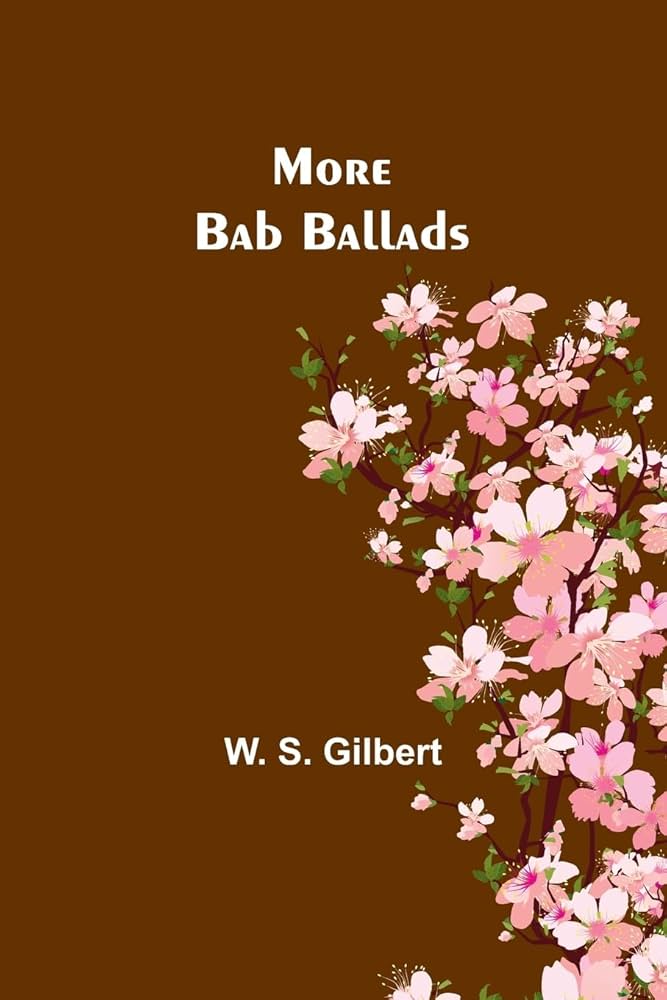Ballad: Emily, John, James, And I. A Derby Legend
byA Derby Legend unfolds not just as a tale of love and rivalry, but also as a light-hearted reflection on human nature’s quirks when pride, passion, and public spectacle converge. At the heart of the story is Emily Jane, a diligent nursery maid whose heart becomes the prize in a humorous tug-of-war between two polar-opposite suitors. James, dressed in the splendor of the Life Guards, embodies the grandeur of martial charm. Meanwhile, John, a practical and grounded constable, brings with him the steady rhythm of a simpler life, one governed by duty and modest means. The narrator adds mischief and wit, placing themselves in the scene with candid self-deprecation. What gives the story depth beyond comedy is how it captures the very human struggle between desire and discipline, between showmanship and sincerity. The challenge that Emily proposes becomes more than a test—it reveals character through action.
James, ever ready to dazzle, jumps at the chance to prove his devotion, seeing Derby Day as the perfect stage. His willingness to fulfill Emily’s request underscores his confidence and perhaps his flair for the dramatic. On the other hand, John, while wounded by the decision, lets his frustration bubble over into impulsive violence. A blow struck in anger, however, does little to win hearts and much to cloud one’s judgment. The narrator, ever the observer, confesses to sharing John’s temperament, adding a layer of empathy to an otherwise absurd moment. This is where the Bab Ballads shine—not in sweeping romance or grand lessons, but in winking honesty about human folly. There’s a certain warmth to its flaws, showing that even in missteps, characters remain relatable and real.
The scene at the Epsom Racecourse is sketched with vibrant strokes, capturing a festival of personalities, colors, and contradictions. Lawmen mingle with pickpockets, dandies with workers, and everyone is carried by the collective excitement of the Derby. For James, this is the grand payoff—arriving with Emily, fulfilling the challenge with flair and fashion. For John, the day brings professional rigor, watching over the crowd and trying to conceal his personal disappointment. The narrator again places themselves amidst the chaos, slyly noting their narrow escape from legal trouble. Through this mingling of voices and experiences, the story emphasizes that public events are often mirrors of private dramas. It is within this bustling arena that emotions find their sharpest contrast—love on display, jealousy beneath uniform, and laughter covering the quiet ache of rejection.
As James wins the challenge, it’s tempting to view the story through a simple lens—winner takes all. Yet what remains is the question of what truly wins Emily’s affection: a public gesture or steadfast presence? The tale leaves room for ambiguity. While James may appear victorious, it is John’s persistence and vulnerability that linger. His pain is not mocked but made human. The ballad never punishes characters for loving too much or hoping too eagerly—it simply reveals the comic consequences of those emotions when acted out in dramatic ways. In that, the charm lies. There’s no villain here, only hearts trying to assert themselves in a world of unpredictable outcomes and social expectations.
Adding to its appeal, the story brings into focus the subtle commentary on societal roles—how appearances can outweigh sincerity, and how spectacle often steals the spotlight from substance. James’s military status and charisma might seem more desirable, but John’s quiet commitment echoes longer. The reader is reminded that outward victories don’t always mean emotional resolution. Life, as shown in this race-day fable, is less about who gets the girl and more about how gracefully one runs the race. Humor is used not to belittle the characters but to uplift their very human contradictions. Even the narrator, bumbling and biased, becomes a reflection of every person who has ever watched love play out and seen a bit of themselves in each contender.
Ultimately, A Derby Legend offers more than a simple romantic conclusion—it invites readers to laugh at love’s uncertainties, to appreciate emotional honesty even in failure, and to see that every choice made in public has a story underneath. The narrator’s presence reminds us that we are all part of the story, whether cheering, mourning, or simply observing from the sidelines. The ballad endures because it speaks to the universal rhythm of hope, rejection, and the unexpected ways people reveal their hearts. Behind every jest is a truth, and behind every character’s misstep is a reason we keep reading. Through whimsy, it delivers wisdom. Through humor, it delivers humanity.


